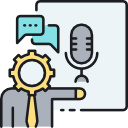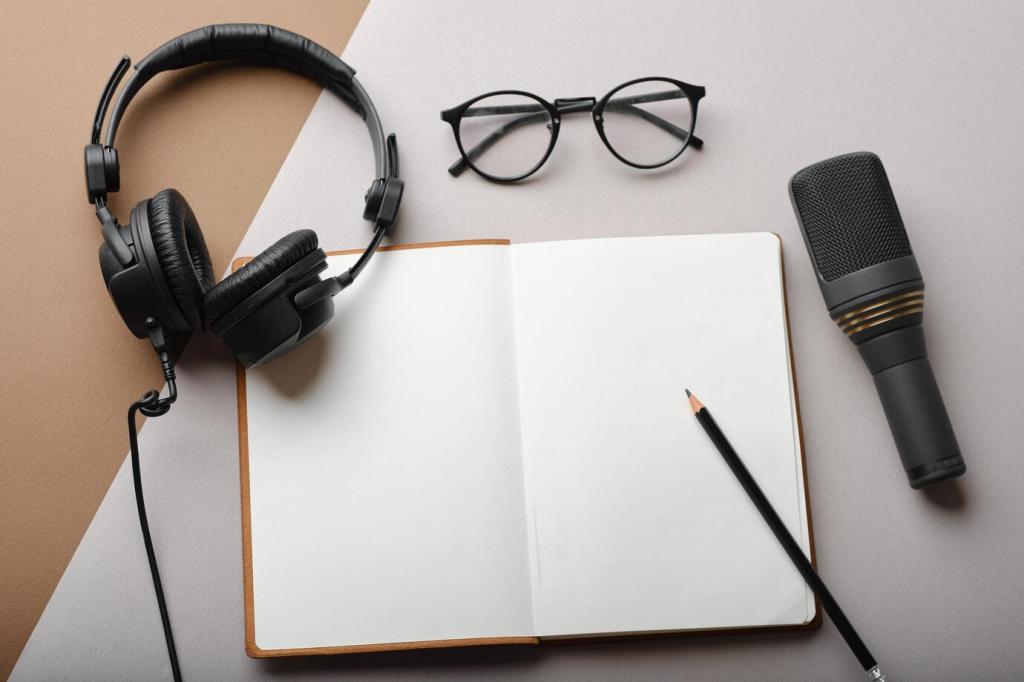Start With Purpose: Why This Interview Matters
Define exactly what a listener will feel or know by the end of your episode—curiosity satisfied, myth challenged, or heart changed. A concise promise shapes who you book, the scenes you chase, and how you close. Share your promise below, and ask peers to pressure‑test it.
Start With Purpose: Why This Interview Matters
Great interviews orbit a single, vivid question, not a vague topic. Instead of “urban farming,” try “How does one rooftop turn a neighborhood into neighbors?” Post your central question in the comments, and we’ll suggest follow‑ups that reveal stakes, agency, and consequence.











